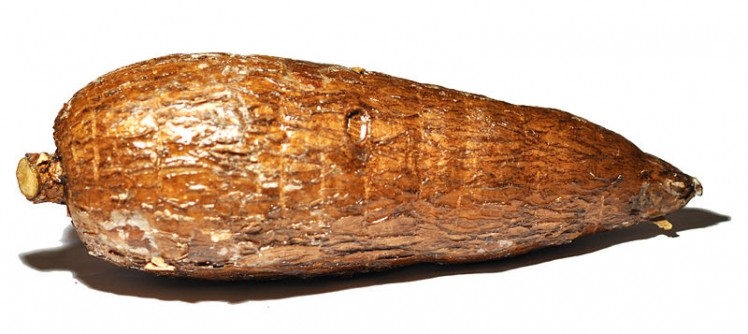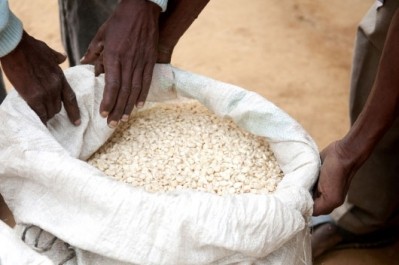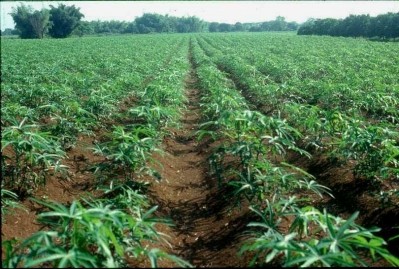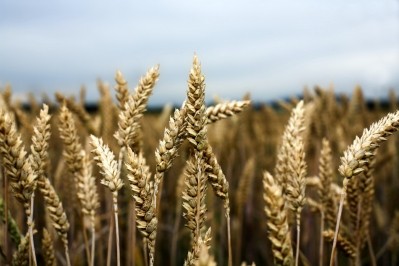FAO: ‘Promising’ cassava flour can drastically cut costs for bakers

The tropical plant, native to Brazil’s Amazon rainforest, is thought to be 9,000 years old. Cultivation has now expanded to other tropical and sub-tropical regions across Asia and inland Africa, including India, Indonesia, Ghana and Nigeria.
In 2012, global production of cassava was 280m tons, 55% of which came from Africa, 35% from Asia and 15% from Latin America, according to FAO figures. Production is set to increase by 5-7% in 2013.
NeBambi Lutaladio, team leader for crop diversification at the FAO, said there is ongoing and promising research into making flour from the plant.
“Countries like Ghana are making a lot of progress in making high quality cassava flour. At the moment it is being used, but not on a very big scale,” Lutaladio said.
Cutting costs…
“There are a lot of areas where cassava flour can be used – in different types of bakery products, mainly with wheat flour… There’s a lot of potential,” he said.
Other cereals and grains like maize, wheat and barley are all impacted by food prices, he said, but cassava isn’t.
“The price of cassava is based on local production… The cost is the key point here,” he said.
“Wheat and maize are more expensive, so if you want to reduce your costs you can replace wheat flour with cassava flour,” he added.
Lutaladio said that the price of maize per ton could be more than double and once processed into flour cassava could cost half of what wheat flour does.
On-going international research
There is on-going research in Africa and Latin America to develop high quality varieties of cassava flour.
Researchers and industry have, so far, been able to substitute 10% cassava flour in breads, but Lutaladio said this could be raised to 15-20% as the quality improves.
With production and processing at a small-scale, the ability to produce flours of the same quality as commercial varieties is difficult, he said. “You need to invest in the processing. The private sector should invest in this and governments should provide incentives.”
While use on a global scale in breads remains very “new”, Lutaladio highlighted Ghana as an example of a country specialising in producing high quality flour varieties that could be found at a domestic and regional level.



























